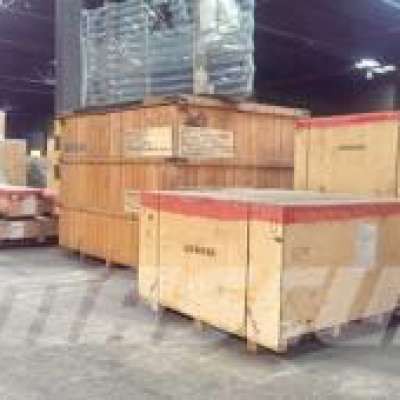How Far Away Is It - 16 - The Cosmos (1080p)
Text at http://howfarawayisit.com/documents/
In this final segment of our "How far away is it" video book, we cover the structure of the visible Universe as we currently know it.
We start with some galaxy and galaxy clusters beyond our local superclusters, including: Abell 2029 with its supermassive galaxy IC 1011; Quasar Markarian; a massive cluster gravitationally lensing a more distant cluster; Abell 370; MACS -- J0025 with its evidence for 'Dark Matter'; El Gordo; Supernova Remnant 2002dd; and the thousands of galaxies in the famous Hubble Ultra Deep Field.
Next we cover the Hubble constant and the Big Bang. We show how the constant gives us the age of the Universe at 13.7 billion years. We describe the expansion of the Universe as space itself stretching like a balloon, and what this does to light passing through the stretching space. And we point out that recent red shift measurements from distant Type 1a Supernovas have provided evidence that the expansion is accelerating. We explain how this leads to the concept of 'Dark Energy'.
We then cover some of the recent galaxy surveys that are helping us understand the fabric of the visible Universe. These include the 2dF Galaxy Redshift Survey of 52,000 galaxies out to 3 billion light years, and the Sloan Digital Sky Survey that mapped one million galaxies. We show the 3D supercomputer video that shows the fabric of the Universe is like a web of galaxies with massive voids.
With that, we go into a review of how we constructed our distance ladder over time staring with Copernicus and ending here in 2013. Then we take a look at what we don't know, including the nature of Dark Matter and the nature of Dark Energy. Then, we take a good look at the James Webb Space Telescope. It will help answer some of the questions that still exist about the Cosmos.
We end with Edwin Hubble's own words on the limits of our knowledge.
STEM

 admin
admin 

















